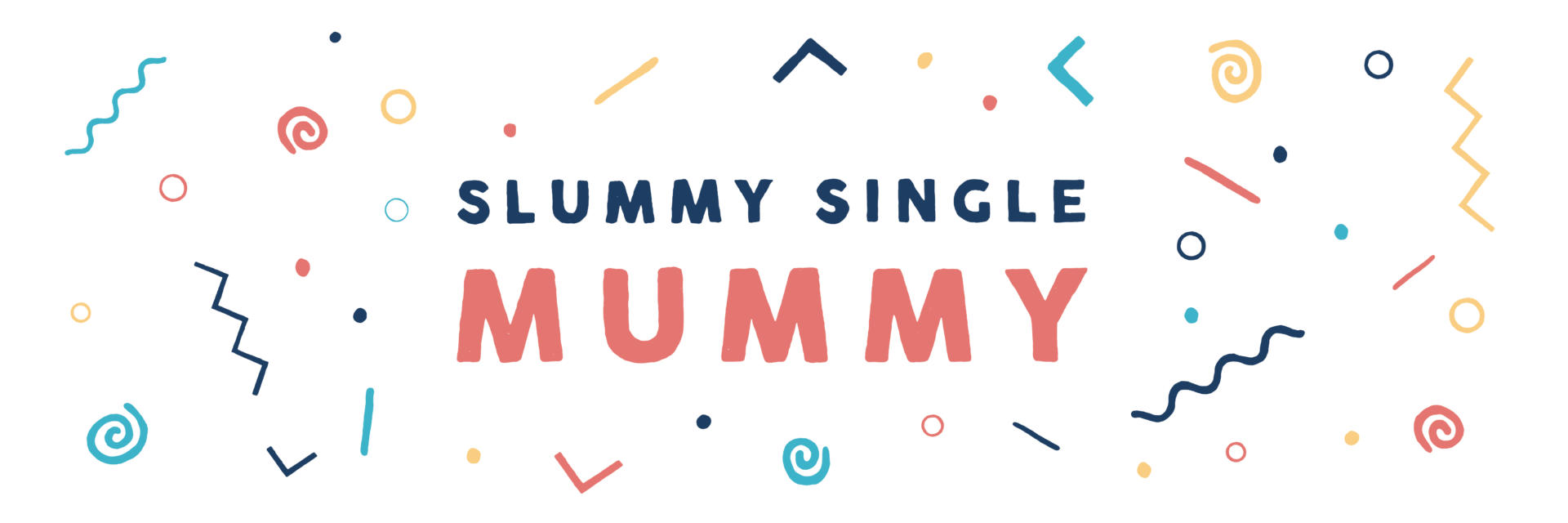In today’s world, where we have advanced technology at our fingertips, there is an abundance of tools that can turn even the dullest lessons into stimulating and engaging experiences for students. Whether you’re a parent or teacher, having access to the right resources can make all the difference in creating a positive learning environment.
Here are six of the best tools to make learning fun for students of all ages.
- Virtual Reality (VR). VR is becoming increasingly popular as an educational tool as it allows students to explore new places without leaving the classroom. With virtual reality, students can visit famous landmarks, explore different cultures, and learn about science and history in a completely immersive way. Educators are able to revolutionize the classroom experience through virtual simulations turning traditional lectures into interactive and engaging lessons.VR can also help educators create a sensory-rich learning environment where the objects explored come to life with realistic details and sound effects.
- Augmented Reality (AR). This technology allows students to interact with their environment in real time by overlaying digital elements on top of the physical world around them. For example, using AR software like Google Expeditions, teachers can take their class on virtual field trips to explore faraway places such as the Great Wall of China or the Grand Canyon from their own classroom! Students can take an active role in their own education by taking part in demonstrations, creating the illusion of a real physical experience regardless of the size or scale of the demonstration.
- Gamification. Gamification involves using game elements in non-game contexts to motivate and engage learners. For example, teachers can use rewards systems such as badges or points to encourage student participation and engagement in class activities while also teaching valuable life lessons such as goal setting and problem solving skills. By applying game-like elements, teachers and parents can make learning interactive and meaningful. With gamification, students have the opportunity to work towards achieving goals, collecting awards for their progress, competing against peers, and engaging in collaborative interactions with others, which leads to better understanding of concepts, higher productivity, improved skill development, and a more connected learning experience.
- Educational Apps and Websites. There are now hundreds of educational apps and websites available that make learning more accessible than ever before. Parents and teachers can supplement instruction in the classroom or at home with interactive games, videos, quizzes, and more. Students can use tools like Padlet, Flipgrid, Big Think, and many more to engage in learning various concepts in a visually stimulating format. Many of these options also allow the opportunity for student collaboration, further engaging even the most reluctant learners.
- Engaging and Interactive Learning.There are many learning activities that can provide targeted instruction in a unique and engaging format. For example, many educators have incorporated the use of elkonin boxes as a tool in their classrooms, creating a fun and supportive environment while enhancing student’s learning skills. By utilizing varied formats, including stations, group collaboration, small teams/partners, and hands-on learning opportunities, educators can meet the needs of students in rich and meaningful ways.
- Collaborative Learning Platforms and Social Networks for Education (SNEs). Collaborative learning platforms allow students to connect with each other through online discussion boards or chat rooms where they can work together on projects or ask questions about topics they are struggling with in class. SNEs give students access to an even larger network of peers from around the world who share similar interests or goals, making learning fun and rewarding. SNEs enable far-reaching connections with educational channels such as field experts, to foster purposeful learning opportunities. As these platforms continue to evolve, educators will increasingly recognize their unique potential to extend learning beyond the familiar limits that we have today.
- Digital Assessments. If there is anything most students dread, it is formal assessments of any kind. In order to reduce anxiety and increase motivation, teachers can turn to interactive assessment tools like Kahoot, Animoto, and Edulastic. These tools can be great for encouraging test prep and assessment. With options for video and audio recordings, graphics, and instant feedback, students have a variety of options that suit their interests and needs. By combining these more stimulating methods of assessment with more traditional ones, students will be less apprehensive about demonstrating their knowledge across subject matter. Educators will also benefit from increased student participation, positive attitudes, and quick and easy feedback, which will further guide instruction as well as encourage thoughtful class discussions.
In order to make learning enjoyable and engaging, it’s important to have the right tools available for use. Whether you’re a parent looking for new ways to keep your child engaged at home or a teacher trying to find ways to inspire your students in class, you can incorporate the above tools and strategies to enhance your student’s learning experience. From virtual reality experiences that transport users across the globe without leaving their seats to educational apps that provide interactive games and quizzes, there are plenty of exciting options available that will help make learning fun and enjoyable for all students.
